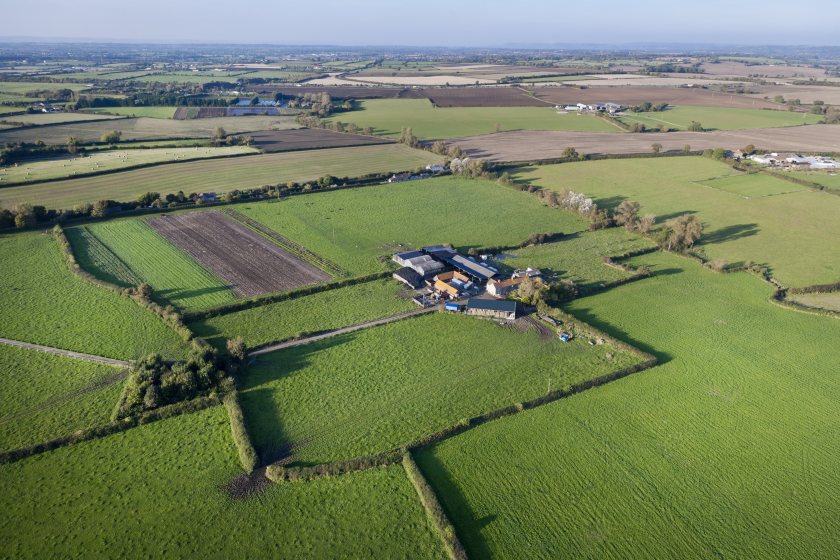
The farmland market in 2022 so far has been a story of delay and disruption, but with some notable unseen benefits to the market outlook, Savills research shows.
Comparing supply in the first quarter of 2022 with 2021 shows another slow start to the year – supply in GB is down 10% year-on-year, and 16% less than the 10-year average.
However, with just shy of 12,800 acres launched in Q1 of this year, large portfolios can skew the statistics on a regional level, Savills explains.
For example, in the East of England, the rural agency's research shows that there has been a 4% year-on-year increase in publicly marketed farmland.
The lack of farmland stock in 2021 meant that assets sold well, with a number of transactions agreed in 2021 working through to completion in the first quarter of 2022.
Anecdotally, the process of legally completing a farmland sale is taking longer than normal; Savills' data suggests that the average time from launch to exchange is around 420 days due to the ever-increasing complexity of transactions.
Alex Lawson, head of Savills rural agency said: “Those considering a sale should strive to be well prepared, have all the necessary paperwork together and choose their advisers wisely. Purchasers need to be patient.”
Hard on the heels of the pandemic, the war in Ukraine has compounded existing inflationary pressures, with prices for animal feed, electricity and fertiliser soaring.
This has had a particular impact on the livestock sector, but some arable profit margins have improved due to the increased output prices for crops.
While achieving better margins depends on the timing of output sales and purchases and, importantly, the length of the disruption, the market shift could protect farm businesses from another fall in basic payment scheme support this year.
Emily Norton, head of Savills rural research explained: “Looking back at historic global shocks, the farmland market demonstrates resilience often supported by a temporary reduction in supply.
"But, it is the impact on the commodity market that has the biggest impact on values, so many will be keeping a watchful eye on how future farmland values in the UK are affected.”
2022 has so far confirmed the historic trend of inflationary growth in land values. Savills' research shows that values have climbed again, albeit more slowly than last quarter, with average GB land worth 0.9% more than in December 2021.
Once again, it is grassland leading that growth, driven by amenity and natural capital factors, with the biggest gains seen for ‘poor livestock’ land and grade 3 livestock land.
Looking forward, 2022 brings with it the launch of the Lump Sum Exit Scheme (LSES) in England. Defra provided more details of the scheme in February, including that applications will open in April and close in September this year; although farmers can withdraw their application any time before their lump sum payment is made.
The arrival of the scheme will impact how land is brought to the market this year, Savills says, with farmers who are leaving the industry evaluating whether it is best to use the scheme, therefore marketing the land without the entitlements.
This would leave the buyer to either replace them, negotiate a lower purchase price for the land ex-entitlements or potentially agree an apportionment of the LSES payment.
Savills' data is pointing to strong demand, with 39% more applicants registered on our database in the first three months of 2022 than 2020.
These new applicants, who are interested in farms over 50 acres, have registered over £560 million to spend.
Ms Norton added: “Given the range of assets coming to the market this year, it will be an interesting test of the appetite for more traditional farming investments, away from the natural capital investment narrative of the last few years.
"If supply increases because of exit schemes or more likely due to policy change fatigue or concerns over production risk, 2022 looks set to be a busy year for the farmland market”.
